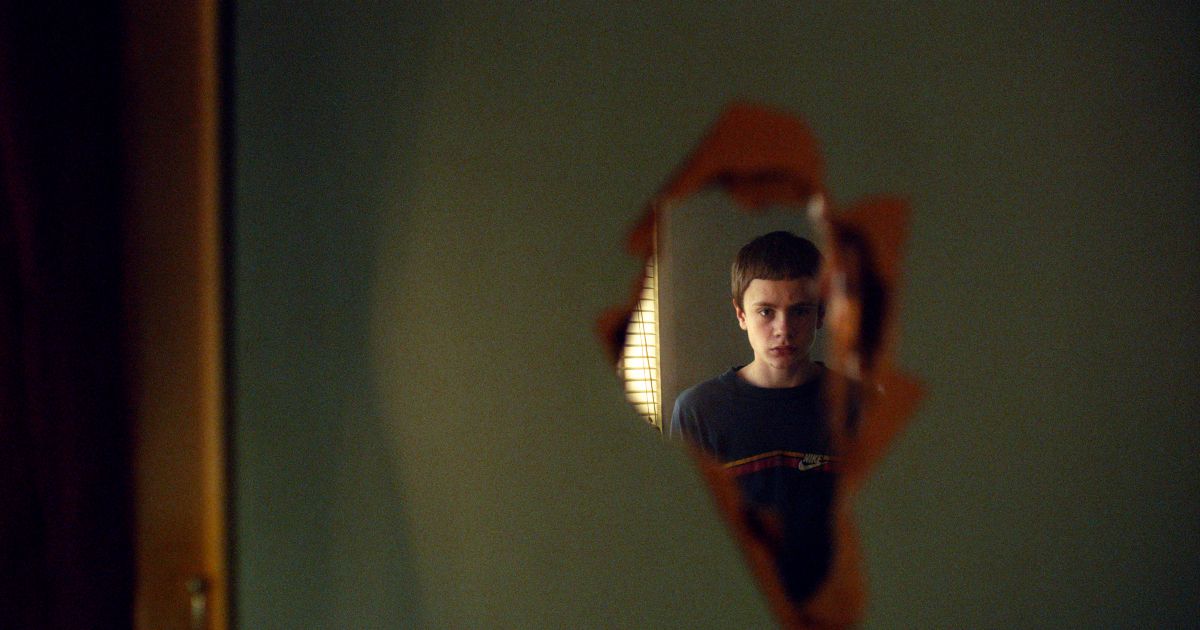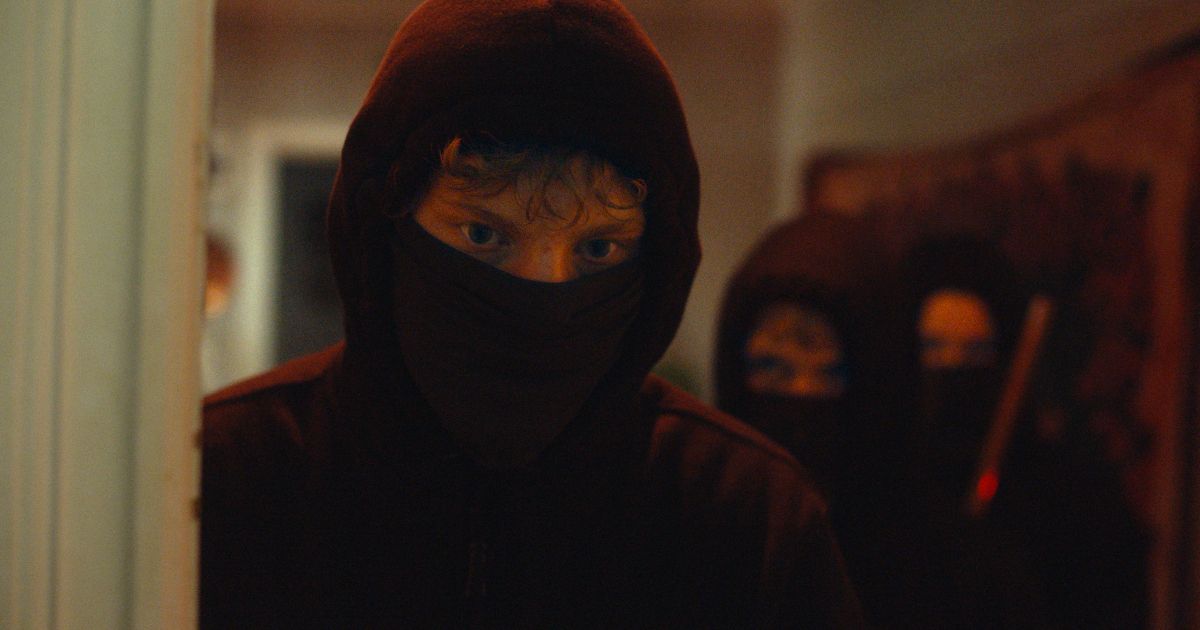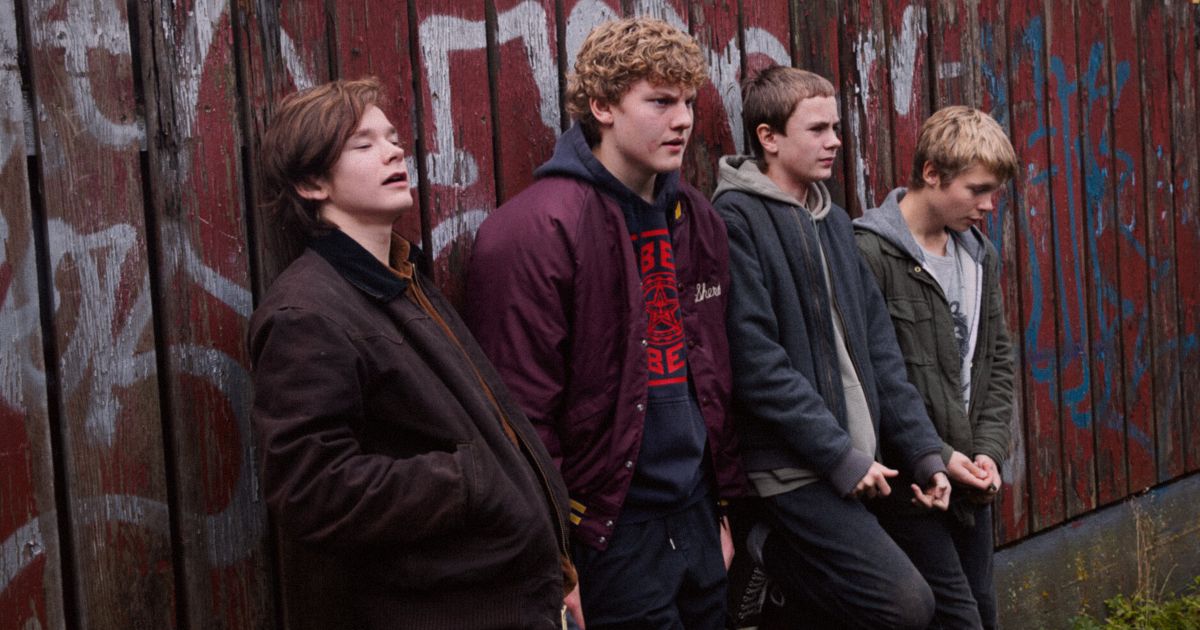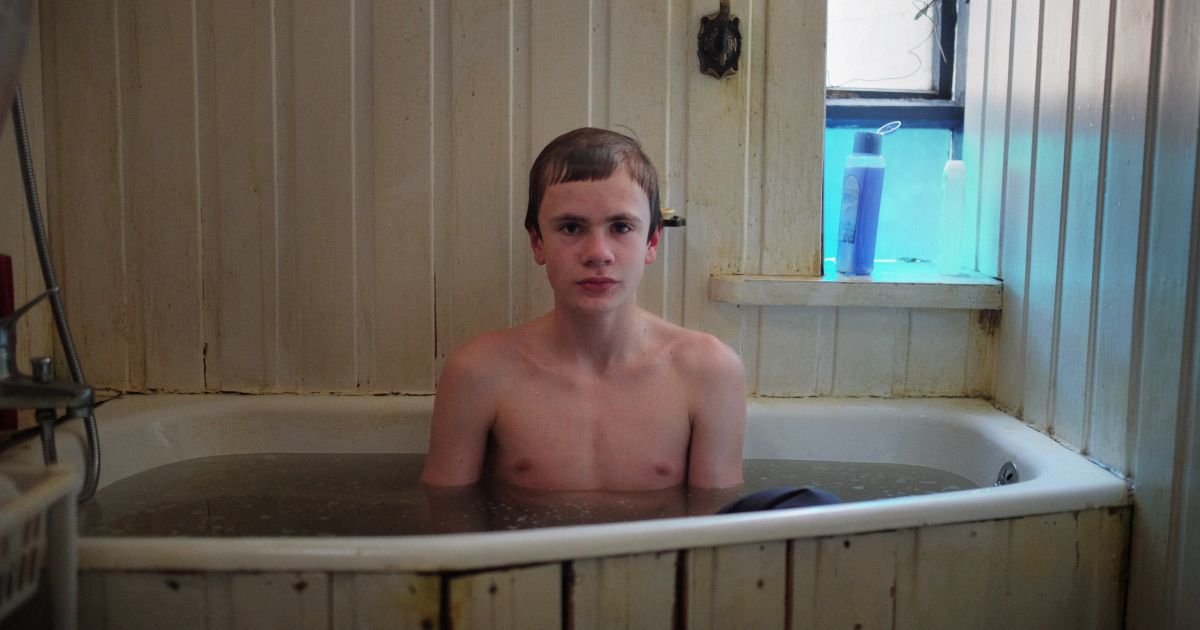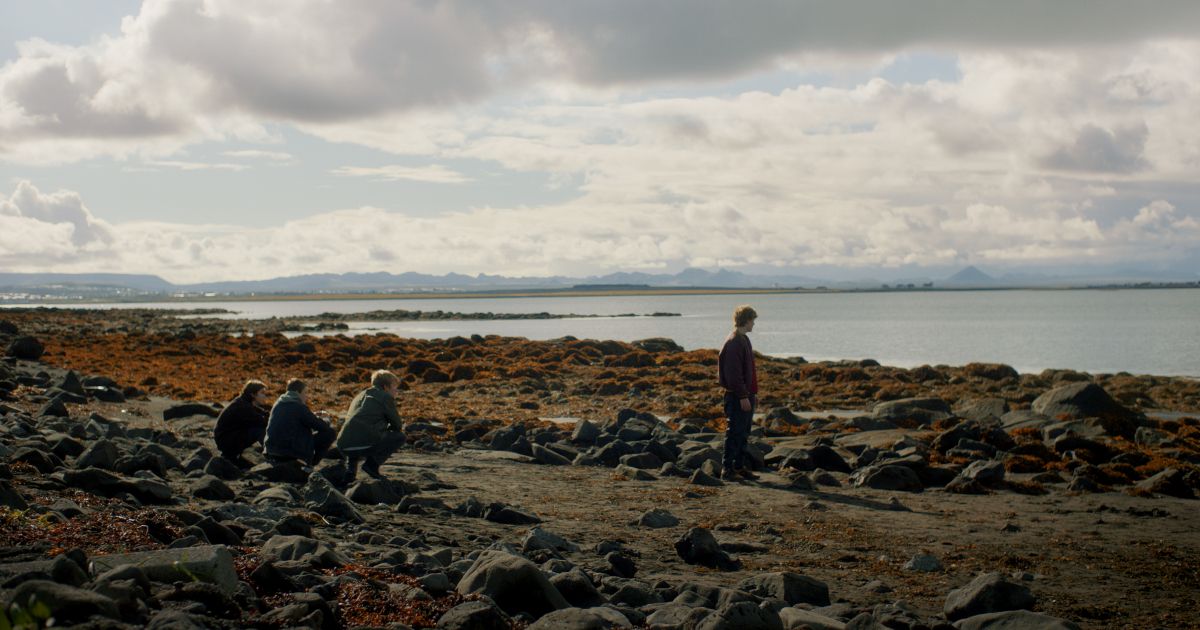Beautiful Beings takes an uncomfortable but ultimately enlightening journey through bullying, abuse, and cycles of violence which can sadly dictate the direction of how one comes of age. Iceland’s submission for the Best International Feature Film Oscar has garnered acclaim for its ability to mix gritty, grounded storytelling with magical realism, and is now having a theatrical release.
Filmmaker Guðmundur Arnar Guðmundsson and the great cinematographer Sturla Brandth Grøvlen (Another Round, Victoria, Rams) create a tone poem to youth in Beautiful Beings, with fittingly gorgeous imagery that’s reminiscent of Terrence Malick movies. Beneath the beauty, they tell a difficult story of a bullied boy and the tough group of kids who befriend him, as their lives inexorably lead to a moment of shocking violence. Guðmundsson spoke with MovieWeb about the inspiration behind Beautiful Beings, its themes, and the difficulty of being a kid.
Beautiful Beings Is About the Hidden Violence of Youth
Beautiful Beings follows a viciously bullied boy named Balli who is slowly befriended by a group of rough-and-tumble-kids — Addi, Konni, and Siggi. Addi is the most sensitive of the three and begins having surreal dreams and experiencing a kind of telekinesis, almost a metaphor for how his compassion can give way to an empathy which is practically a superpower in violent urban areas. The violence in their neighborhood is dismal, and Beautiful Beings is very understanding about showing its causes and effects.
After Guðmundsson and Grøvlen made the charming film Heartstone, which also focuses on the abuse and friendship in a group of boys, the filmmaker didn’t want to make another coming-of-age drama. The deep recesses of his mind had other plans, though, as memories of his own youth and persistent dreams compelled him to write Beautiful Beings, which continued his coming-of-age style but in a much more personal direction.
“It’s quite different, the inspiration from Heartstone and this film, but both of them do have the same…” said Guðmundsson, trailing off as memories surface. “I had a very turbulent time in my teenage years. I came from a good, stable family, but I still had friends that didn’t have as good support. I was very aware of how grownups didn’t really have any clue about how our life really was, that our world was very separated from grownups.”
Guðmundsson on the Nature vs. Nurture of Beautiful Beings
It’s that separation which often allows violence and cruelty to run rampant. So often, the very systems which could change kids’ lives (school and the family unit) are ignorant as to what’s actually happening in them. Beautiful Beings depicts this with heartbreaking empathy and makes the argument that the depressing displays of violence viewers see here are not simply inherent to the human but the result of broken homes, failing schools, and a culture that defines masculinity through a violent prism. In the nature vs. nurture argument, Beautiful Beings wants us to believe that cruelty is learned.
“The school system and family — I think that’s that’s the two anchor points where young boys need to get support,” said Guðmundsson. “I think all of my friends were bad at school for reasons or had dyslexia. That wasn’t known so much then, and so people thought they were just bad at school or considered a bit stupid. But I knew they were super clever, they’re just not getting good grades. And then they maybe didn’t have the support they needed at home. But they had the need to be good in something, and some of them choose to be the best at being the tough guy or being a fighter. And of course, it’s not just a choice. There’s something that pushes them into that direction.”
“How the boys behave [in Beautiful Beings] is from a failure in society, in the school system, and at home, and with toxic masculinity and all those elements. But at a pure level, these are good boys. And maybe some of them are not going to be good boys when they’re 30 or 25,” said Guðmundsson. He continued:
You may come across a world where they’ve gone too far, and they lose the innocence that they have as kids. But there’s something pure about kids, and they might lose it, but it’s there now. So for me, it was very important that you would understand those boys, and you wouldn’t judge them despite their behavior. You would be with them, feel for them, and feel sorry for them, hope that they will get to a better place despite their behavior.
How Violence Can be a Form of Emotional Bonding
One of the most fascinating aspects of Beautiful Beings is how it explores the ways in which that behavior, this violence born from failed institutions, can actually be used in positive ways. Guðmundsson is very careful to delineate between violence that is pushed toward more destructive, malicious ends (the kind that poor Balli suffers from), and the violence which can be a form of play for kids who don’t know any better.
“There’s this ‘boys will be boys’ kind of thing,” said Guðmundsson. “Play fighting and stuff like that, it can be very enjoyable, but then when it becomes more like torture, and becomes evil, then there’s something else that’s pushing that element. But I just remember play fighting with my friends, and then having these small moments of laying together, and all of us kind of just enjoying that without admitting it or telling anyone.”
Guðmundsson’s Inspiration for Beautiful Beings
Those feelings stayed with Guðmundsson, and it’s safe to say that the story of Beautiful Beings was first written in his heart before he put pen to paper. It’s obviously fictional, but so much of it was birthed from the emotions and situations he experienced and witnessed as a child. “Beautiful Beings is inspired by a neighborhood I grew up in,” said Guðmundsson. “One of my best friends was one of the best fighters in the neighborhood, but he wasn’t like that when we met. We met quite young like 11 or 10, and then he grew up to become that.” Guðmundsson continued:
In Iceland, violence among young teenagers and toxic masculinity was really strong. So it was like a big virtue to be able to fight. And if you couldn’t fight, you would risk the chance of being bullied or picked on and pushed down, so you would have to kind of toughen up and show that you were ready. I remember that we had a big friend group, and me and one of my other friends would kind of pull in boys who were the opposite of this, who couldn’t fight and were kind of weak, just to kind of keep a balance in a group so that it wasn’t all about [fighting].
In many ways, the character of Addi seems like a stand-in for Guðmundsson, going out of his way to bring in boys who couldn’t fight and didn’t want to. When Addi has dreams of events and future moments he couldn’t rationally know about, it’s almost as if Guðmundsson’s dreams of his youth had entered the film.
Beautiful Beings Comes from Dreams to Theaters on Jan. 13
Just as fantasy and imagination are important elements of childhood, dream sequences are an important device in Beautiful Beings. Dreams have a special place in Iceland, beyond mere Freudian analysis. “Finding meaning in dreams and sensing stuff is kind of rich in our culture, and not considered so abnormal,” explained Guðmundsson. “I wanted that to be a side story, but I wanted to make sure that it wouldn’t take over the story. It’s just the thing that helps the main character have something that’s self-conscious or something outside of reality that is pushing him to face what he’s doing.”
“I raise my kids so that dreams can have a meaning,” continued Guðmundsson, “and because I dream stuff, and they have a meaning for me. I don’t know if it’s supernatural or just your subconsciousness, or if it’s like quantum physics, some connections between spaces. I have no idea what it is. But I dream stuff that I should consider very well if I don’t want to get myself in trouble.”
Perhaps that’s what really compelled Guðmundsson to make Beautiful Beings. He followed his dreams, and like Fellini once said, “Cinema uses the language of dreams.”
From Join Motion Pictures, in co-production with Bastide Films, Film i Väst, Hobab, Motor, and Negativ, Beautiful Beings will be released by Altered Innocence on January 13.
Stay connected with us on social media platform for instant update click here to join our Twitter, & Facebook
We are now on Telegram. Click here to join our channel (@TechiUpdate) and stay updated with the latest Technology headlines.
For all the latest Education News Click Here

